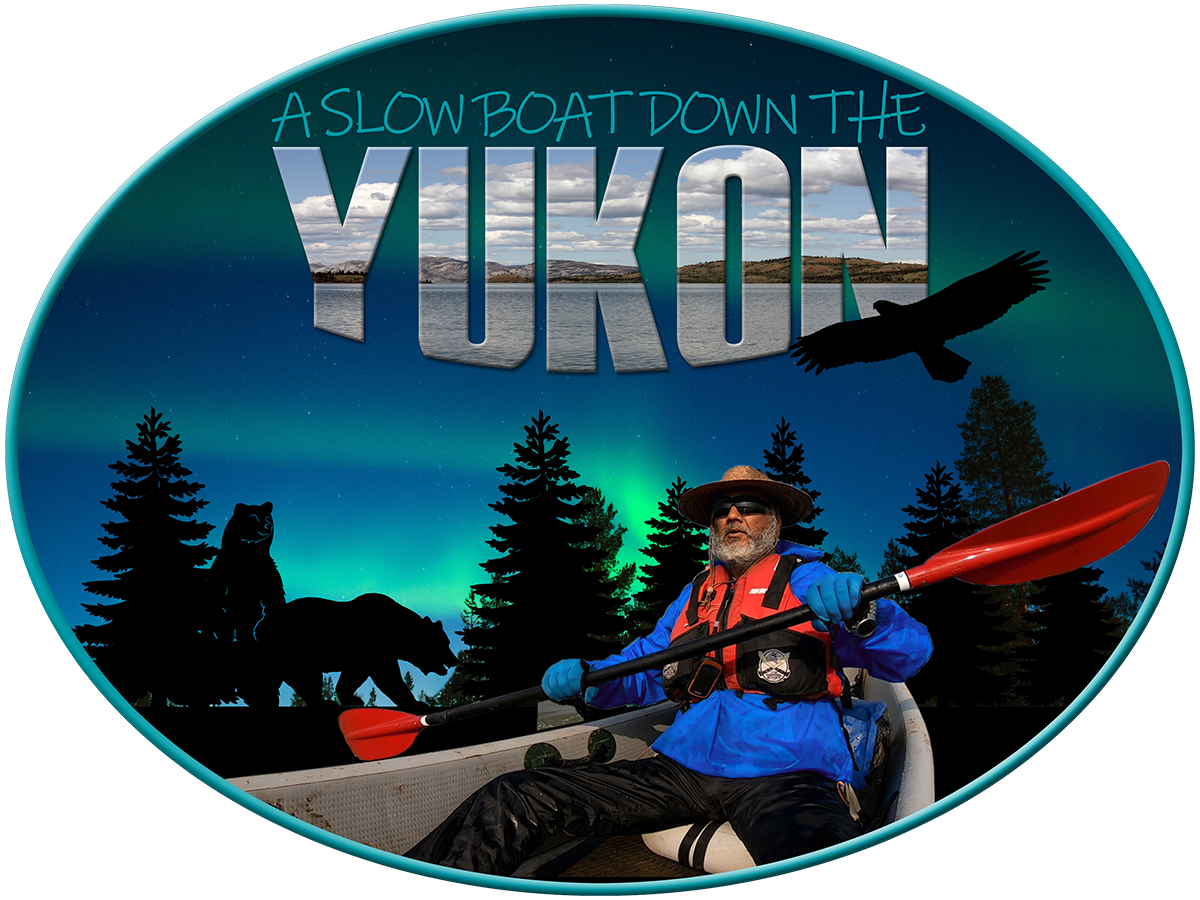
 “There’s a race of men that don’t fit in,
“There’s a race of men that don’t fit in,
A race that can’t sit still;
So they break the hearts of kith and kin,
And they roam the world at will.
They range the field and rove the flood,
And they climb the mountain’s crest;
Their’s is the curse of the gypsy blood,
And they don’t know how to rest.”
– Robert Service, The Bard of the Yukon
A couple of years ago I became the first person to paddle a canoe down the Holy Ganges from Haridwar to Kolkata. It was an awesome experience. I fell in love with paddling long rivers and drew up a list of some of the longest rivers in the world. Then coronavirus came visiting and everything was put on hold. Now with things settling down, I am going to paddle a river that I have wanted to for a very long time …
I will now paddle a slow boat down the entire length of the Yukon river. A distance of around 3,250 km, from Whitehorse, Canada to the edge of the Bering Sea at Emmonak in western Alaska. An adventure that will last about 60 days … give or take a few days.
The wilderness has always fascinated me and the Yukon river travels through some of the remotest regions in the world. It is also the venue of the world’s longest canoe and kayak race … the Yukon River Quest … 715 km from Whitehorse to Dawson City. Watch the video below to get an idea of what paddling on the Yukon as part of the Yukon River Quest is all about.

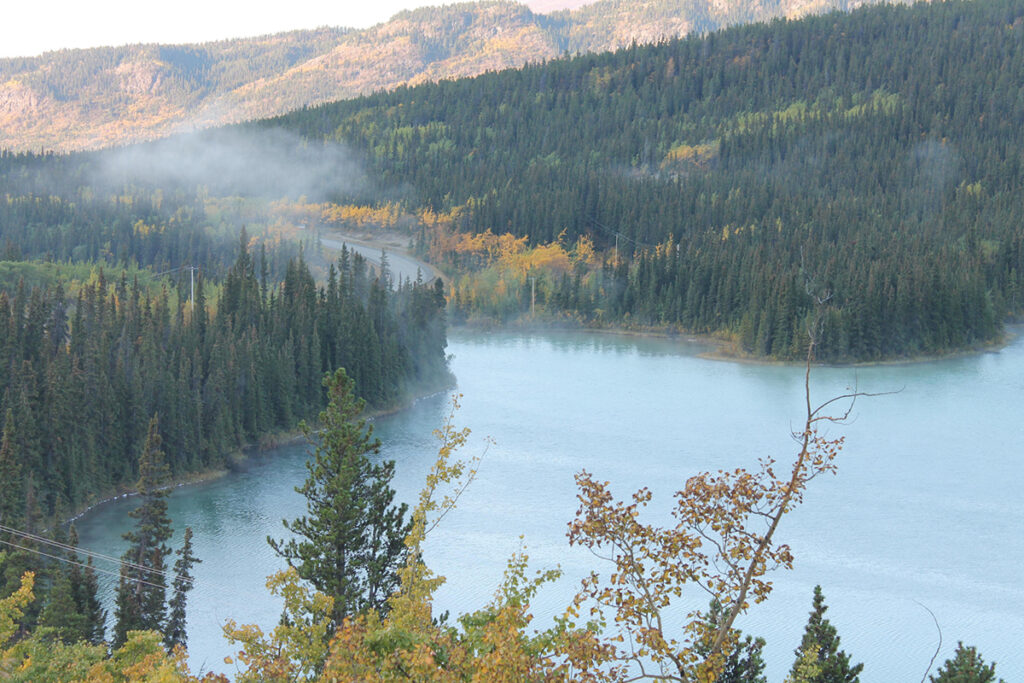


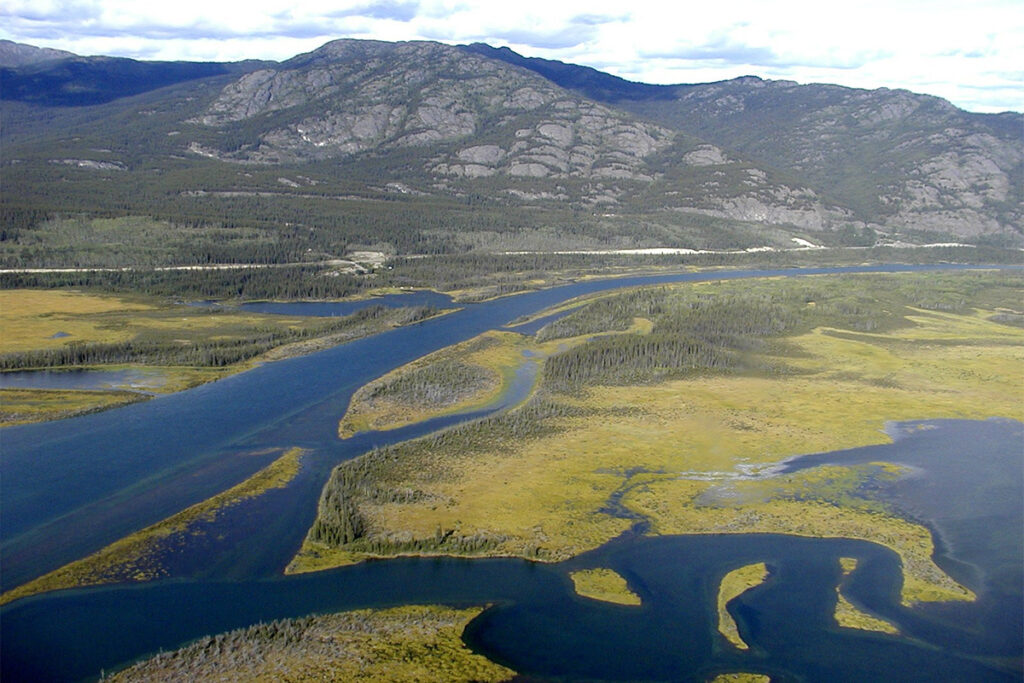
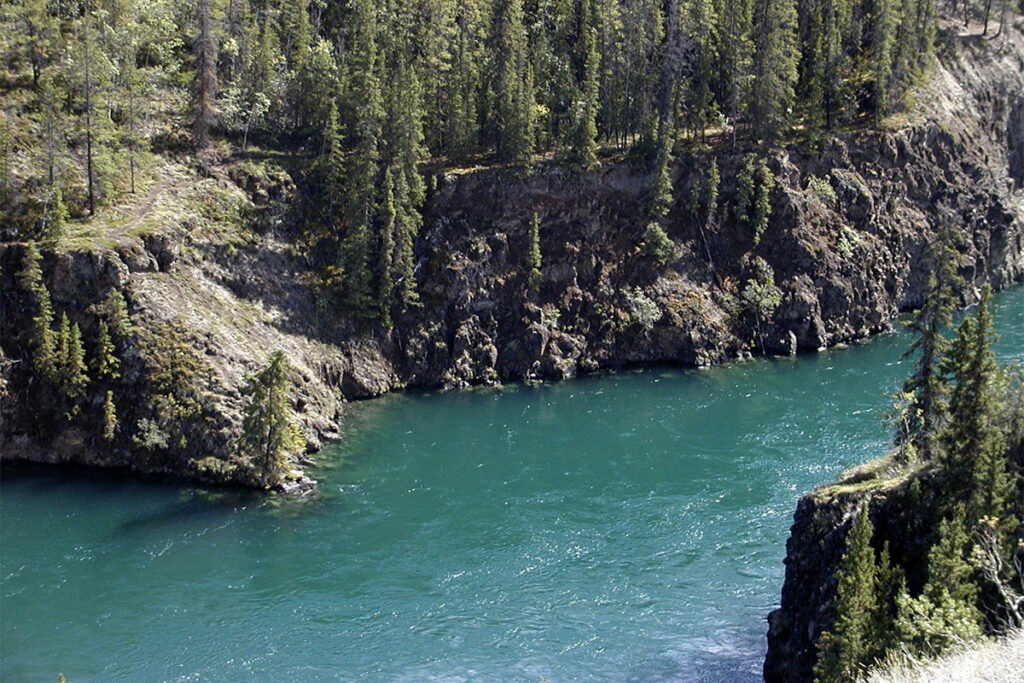
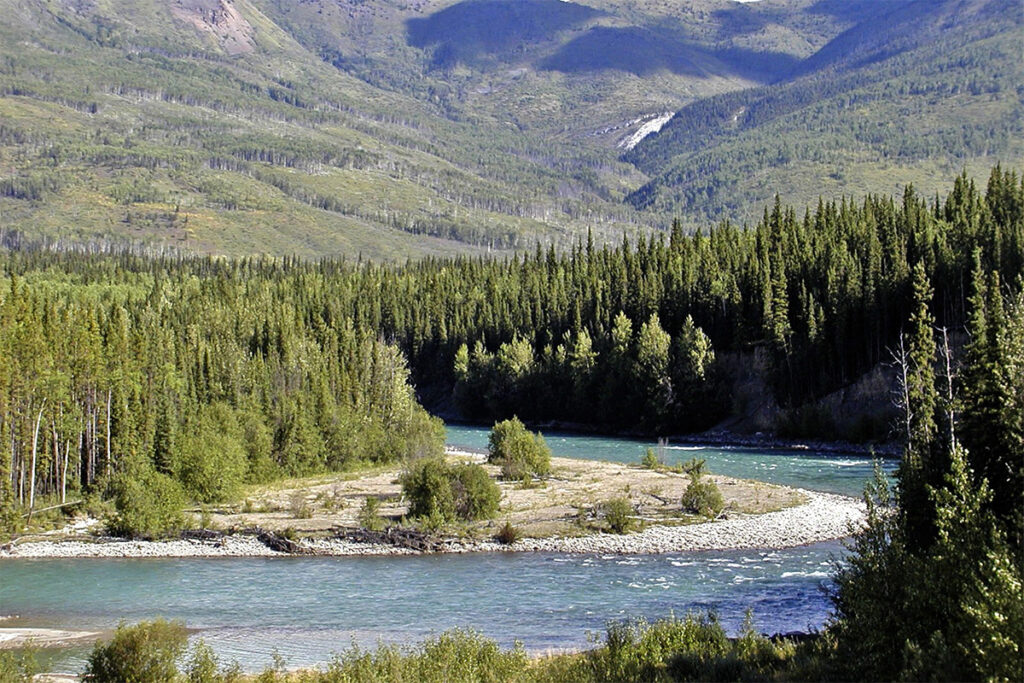
The route
The Yukon is the third longest river in North America and traverses both Canada and the USA. A third of the length is in Canada, while two thirds is in the US. This is one of the last wilderness stretches in the world. And I will be paddling this gorgeous river … solo … down its course. I was averaging about 50 km a day on the Ganges, a river with almost no current to assist me, and I was taking things easy. However, the Yukon has a fairly good current that will assist in my paddling. And since it does not go dark in the summer months, I can paddle for 24 hours at a stretch if I so desire, and if I physically can. I am hoping to cover at least 60 to 70 km every day, and complete the expedition in about two months.
 Paddling a slow boat down the Yukon is to become a part of the great wilderness. The river bank, the water and the sky are full of wildlife. This is the habitat of the moose, grizzly bears, caribou, deer, timber wolves, grouse, geese, swans, ducks, beavers, bald eagles, muskrat, mink, marten, lynx, weasel, fox, fisher, squirrel, etc. Nature and this wonderful piece of Heaven on Earth allows the paddler to witness Nature at her pristine best.
Paddling a slow boat down the Yukon is to become a part of the great wilderness. The river bank, the water and the sky are full of wildlife. This is the habitat of the moose, grizzly bears, caribou, deer, timber wolves, grouse, geese, swans, ducks, beavers, bald eagles, muskrat, mink, marten, lynx, weasel, fox, fisher, squirrel, etc. Nature and this wonderful piece of Heaven on Earth allows the paddler to witness Nature at her pristine best.
Kayaking the Yukon, I will see alpine tundra and boreal forests along the shores. Spruce, pine, poplar, aspen and white birch trees border the river, with alder and willow found closest to the water. Its scenery and isolation have attracted tourists and adventurers seeking an escape from the crowded cities. And it is now time for me to paddle the Yukon.
The slow boat will briefly cross the Arctic Circle when I paddle to Fort Yukon. I will stay north of the Arctic Circle for at least a day’s paddle. I probably will stay for a couple of days in Fort Yukon to soak in the experience of being beyond the Arctic Circle. If I am lucky, I might also witness the Aurora Borealis, the dancing lights in the northern sky.
Some Yukon River facts
- It is the longest river in Yukon and Alaska, and the third longest river in North America.
- During the Klondike Gold Rush the Yukon River was one of the principal means of transportation.
- “The Thirty Mile” section, from Lake Laberge to the Teslin River, is a national heritage river and a unit of Klondike Gold Rush International Historical Park.
- It is one of the most important salmon-breeding rivers in the world.
- The Whitehorse Fishway at 366 meters in length, is the longest wooden fish ladder in the world.
- The Yukon River Inter-Tribal Watershed Council is a cooperative effort of 70 First Nations and tribes in Alaska and Canada.
- Despite its length, there are only four vehicle-carrying bridges across the river.
- A car ferry crosses the river at Dawson City in the summer; it is replaced by an ice bridge over the frozen river during the winter.
- There are two pedestrian-only bridges in Whitehorse, as well as a dam across the river and a hydroelectric generating station.
- The construction of the dam at Whitehorse flooded the White Horse Rapids, which gave the city its name, and created Schwatka Lake.
- As of 2018, there were 40,000 people living in the Yukon, of which 30,000 live in Whitehorse. In 2018 Alaska had a population of 737,438.
- Alaska covers an area of 1,717,856 sq km and Yukon 482,443 sq km, or a total of 2,200,299 sq km. In contrast, all of India covers an area of 3,287,263 sq km, just 604,521 sq km more, about the size of Rajasthan and Madhya Pradesh combined.
- Mean temperature in is about 16°C at Dawson and slightly lower at Whitehorse.
- Annual precipitation is low, as it is in most of northwestern Canada and central Alaska, with an average of about 10 inches at Whitehorse and 12 inches at Dawson.
- On the summer solstice the Sun rises in Whitehorse at 4:27 am and sets at 23:36 am. At and beyond the Arctic Circle, the Sun does not set at all.
- There are about 6,000 to 7,000 grizzly bears in Yukon and about 30,000 in Alaska.
Keeping the bears away
Watch some gorgeous drone footage of the Yukon River
Looking for a world without borders
 When we look at this wonderful blue planet from space, we do not see any borders that separates people from one another. There are no boundaries, just the wonderful sight of a revolving planet, our home. Why just from space, the borders we find are those that are placed by us humans in the form of pillars and fences. Wouldn’t it be wonderful if we were to live in a world where we could travel anywhere without hindrance, without prejudice, without questions as to the reason for our travel and the request to show documents to prove that we are welcome? We are one family, one home, one world, one planet, a tiny speck in the vast and unending cosmos. Let us try and create a world without borders, and live in harmony and camaraderie. A world that does not distinguish itself based on class, caste, ethnicity, gender, creed, faith, wealth, or any of the other boundaries we set to create clusters of “us” and “them”. Let us work together to create a world without borders. I hope that A Slow Boat Down the Yukon will be a step in that direction. Raise your hands to be counted among those who want to create a world without borders.
When we look at this wonderful blue planet from space, we do not see any borders that separates people from one another. There are no boundaries, just the wonderful sight of a revolving planet, our home. Why just from space, the borders we find are those that are placed by us humans in the form of pillars and fences. Wouldn’t it be wonderful if we were to live in a world where we could travel anywhere without hindrance, without prejudice, without questions as to the reason for our travel and the request to show documents to prove that we are welcome? We are one family, one home, one world, one planet, a tiny speck in the vast and unending cosmos. Let us try and create a world without borders, and live in harmony and camaraderie. A world that does not distinguish itself based on class, caste, ethnicity, gender, creed, faith, wealth, or any of the other boundaries we set to create clusters of “us” and “them”. Let us work together to create a world without borders. I hope that A Slow Boat Down the Yukon will be a step in that direction. Raise your hands to be counted among those who want to create a world without borders.
Support the Yukon paddle
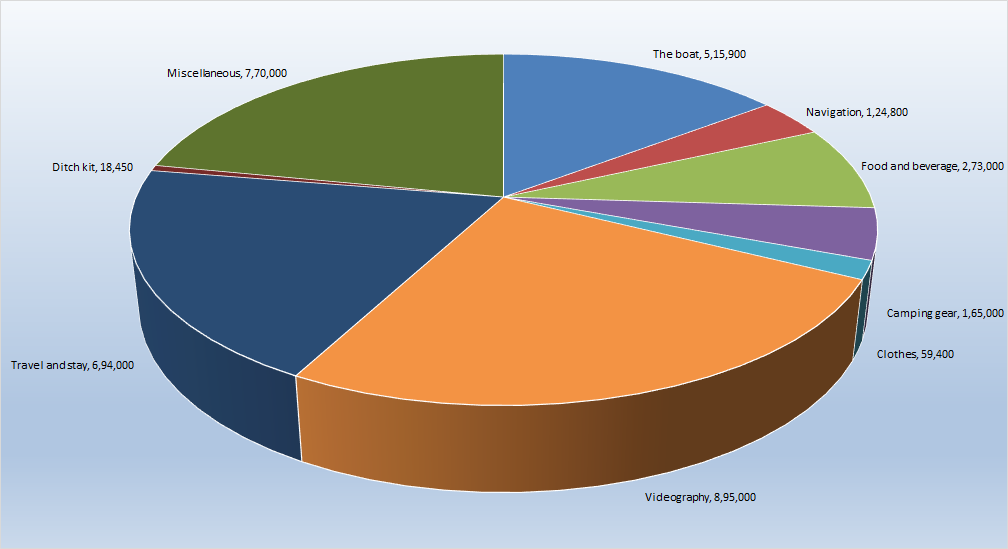 This expedition is unique, breathtaking, gruelling and expensive. I am seeking your support to make this incredible journey a reality and to paddle in spirit with me. I will join a small bunch of people who have paddled the entire length of the mighty river. I look forward to your support. Here is the link through which you can lend your support. As a token of my appreciation I will send you a hand crafted rock mandala painted by me. Also, you will be duly recognised on this page and credited in the video. I am sure you will lend your support for a wonderful and exciting expedition by an Indian.
This expedition is unique, breathtaking, gruelling and expensive. I am seeking your support to make this incredible journey a reality and to paddle in spirit with me. I will join a small bunch of people who have paddled the entire length of the mighty river. I look forward to your support. Here is the link through which you can lend your support. As a token of my appreciation I will send you a hand crafted rock mandala painted by me. Also, you will be duly recognised on this page and credited in the video. I am sure you will lend your support for a wonderful and exciting expedition by an Indian.

